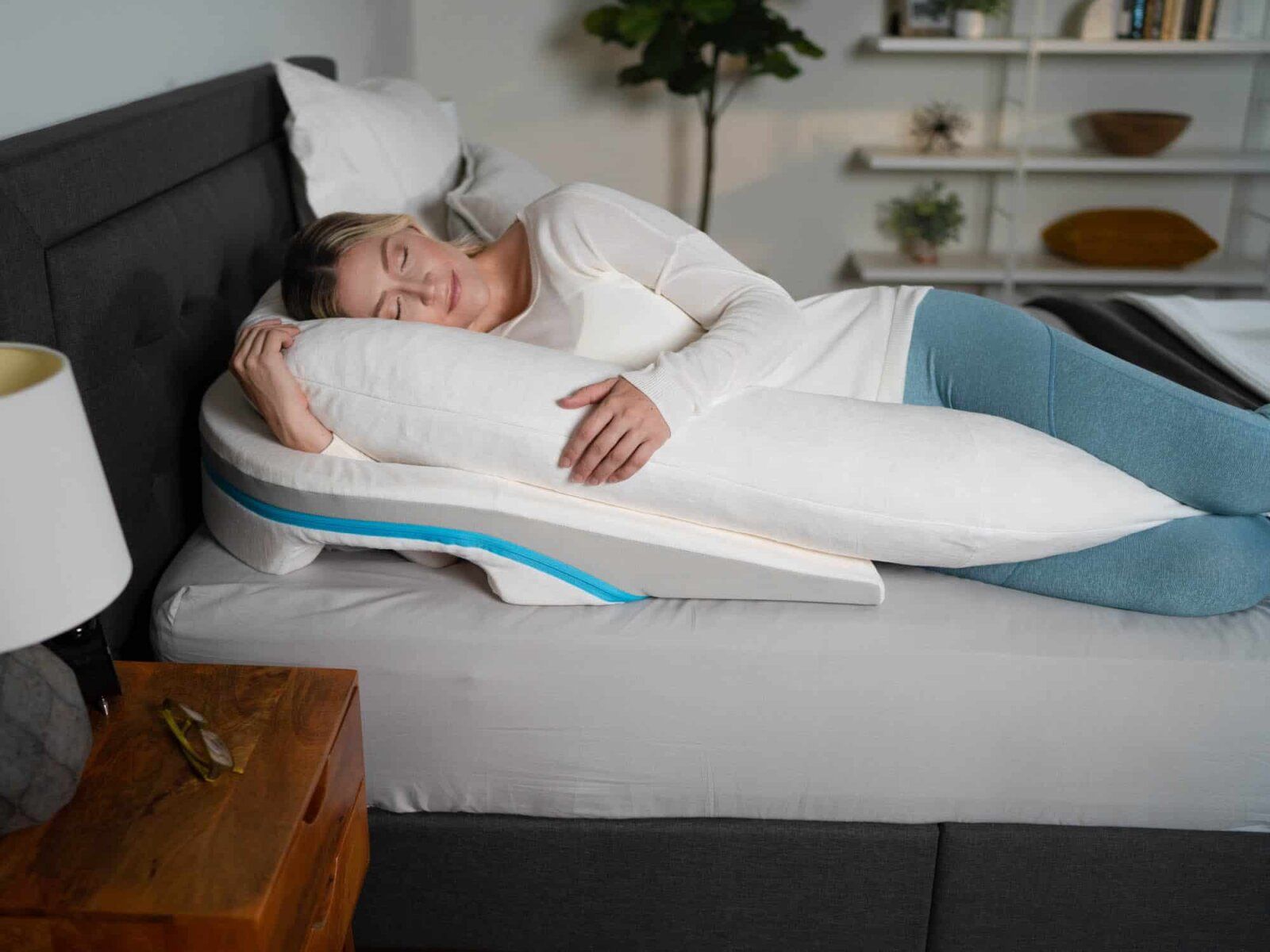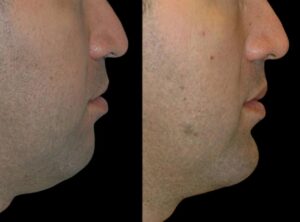
Getting a good night’s sleep is essential for health and well-being, and the pillow you choose plays a critical role in achieving that. For side sleepers, the right pillow helps maintain proper spinal alignment, reduces pressure on the neck and shoulders, and promotes deep, restorative sleep.
Yet, many people unknowingly make mistakes when choosing or using their pillows—mistakes that can lead to pain, stiffness, or poor sleep quality. Drawing on research from sleep experts, ergonomics studies, and clinical observations,
Let us identify some common mistakes to avoid when using a pillow for side sleepers and provide evidence-based solutions to optimize your sleep experience.
1. Choosing the Wrong Pillow Height
Why it matters: Pillow height (or loft) is critical for keeping the cervical spine in natural alignment. Too high, and the neck is flexed awkwardly; too low, and it tilts backward—either way, muscle strain and discomfort can result.
A common mistake is selecting a pillow for side sleepers without considering body dimensions or mattress firmness. For side sleepers, pillows typically need a high loft (5 inches) to fill the gap between the shoulder and head.
How to avoid it:
- Start with adjustable‑loft pillows (shredded foam, buckwheat) to fine‑tune height.
- Measure shoulder width and test pillows of different lofts (~3″, 5″, 7″) until your head remains aligned with your spine on your side.
2. Falling for Misleading “Support” Marketing
Why it matters: Claims like “orthopedic support” or “snore‑reducing” lack universal backing. Only neutral, spine‑friendly positions reduce pain; no pillow can cure structural issues.
Common mistake: Buying based on buzzwords rather than fit. Memory‑fill pillows might feel cozy, but can collapse overnight, negating support benefits.
How to avoid it:
- Research credible sources like the Sleep Foundation or peer‑reviewed ergonomics studies.
- Test pillows over a week—comfort upon first try doesn’t guarantee long-term support.
3. Ignoring Pillow Material and Firmness
Why it matters: Material affects support consistency. Foam or latex holds shape better than down or polyester. Research shows latex pillows cause fewer wake‑up aches in side sleepers.
Common mistake: Opting for soft, plush pillows that flatten too much and fail to maintain neck support.
How to avoid it:
- Prefer medium-firm to firm pillows if you’re a side sleeper.
- Consider latex or memory foam for shape retention; adjustable fill options let you tweak firmness.
4. Neglecting Mattress–Pillow Interaction
Why it matters: A softer mattress sinks deeper, lowering your torso and reducing the required pillow loft. On the reverse, a firm bed accentuates height needs.
Common mistake: Choosing a pillow in isolation, without accounting for mattress firmness, results in misalignment.
How to avoid it:
- Assess mattress firmness first—soft mattresses often pair best with medium-loft pillows, firm mattresses with high-loft pillows.
- During pillow testing, lie in your usual sleep position to evaluate real-world head alignment.
5. Sticking with the Same Pillow Too Long
Why it matters: Pillows degrade over time, losing loft, support, and hygiene, leading to exaggerated misalignment and allergens.

Common mistake: Keeping a pillow for years, even when lumpy or flattened.
How to avoid it:
- Replace pillows every 18–36 months, or sooner if they no longer spring back.
- Rotate the pillow and fluff it daily to slow compression.
6. Sleeping with Two Head Pillows
Why it matters: Layering pillows elevates the head unnaturally, flexing the neck forward, confirmed by physical therapists as a posture‑distorting practice.
Common mistake: Using two pillows to “stack” comfort or snore relief, without realizing it tilts the head too far forward.
How to avoid it:
- Use one appropriately lofted pillow under your head.
- If extra elevation is needed (for reflux or sleep apnea), try a wedge under the mattress or a roll behind the neck, not another pillow under the head.
7. Overlooking the Pillow’s Role in Full‑Body Alignment
Why it matters: Side sleeping stresses the hips and lower back. Placing a pillow between the knees eases lumbar and pelvic rotation, helping whole-spine alignment.
A common mistake is using only a head pillow, neglecting body alignment, leading to uneven spinal twist or hip strain.
How to avoid it:
- Always place a medium-firm pillow between the knees.
- Optionally, add a bolster under the waist if experiencing lower back pain.
- Keep both hips and knees slightly bent to maintain a neutral spine.
Final Takeaway
A pillow is more than just a cushion—it’s essential for deep, restorative sleep, especially for side sleepers requiring proper cervical and spinal alignment.
The mistakes outlined in this guide can undermine sleep quality and lead to neck pain, headaches, and even long-term musculoskeletal issues. Side sleepers can ensure their head and neck remain neutral throughout the night by choosing the right pillow height, material, and firmness.
Additionally, considering the pillow’s and mattress’s interaction ensures that your head doesn’t tilt too far in either direction. Replacing pillows regularly prevents loss of support and hygiene problems, while avoiding double-stacking prevents neck strain.





